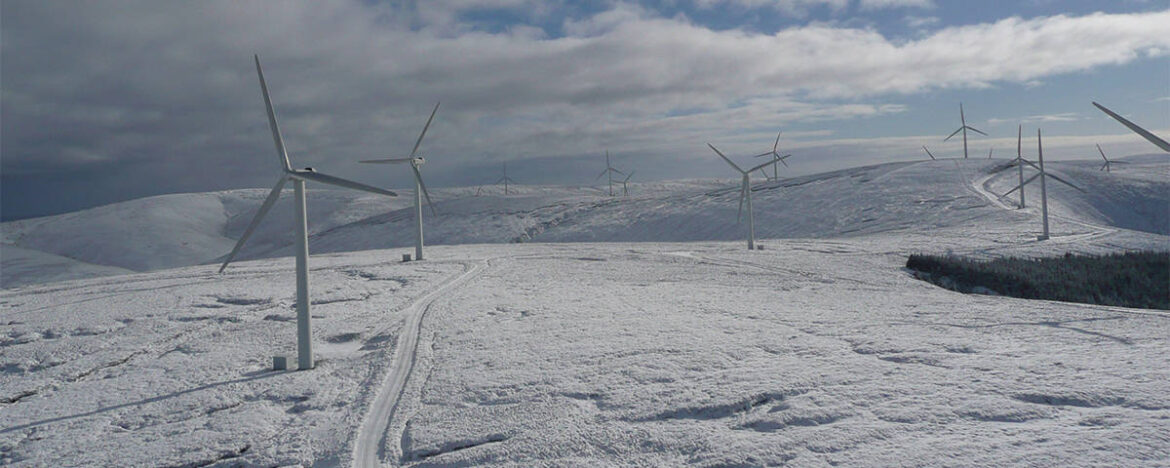Data, analytics and integrity
The renewable-energy sector is generating increasingly large volumes of data.
Wind turbines are fitted with a wide range of sensors as standard, measuring the operating condition of wear-components and lubricants as well as the output both of systems and each turbine as a whole.
It’s also becoming increasingly common for energy companies to use drones for turbine inspection, plus techniques such as sonar and LIDAR to map and anticipate the wind conditions around wind farms.
Similarly, energy companies are investing in new technologies to allow them to improve operational efficiencies, as they balance the need to integrate renewable power sources with nuclear, coal and gas, while managing changes in the consumer and regulatory landscapes.
Although much of the data being collected is used at the point of use, for example, for local condition monitoring, and often remains in operational silos, there is a growing trend to integrate multiple data sets from across each business.
One outcome of this process is the emergence of predictive analytics. Used intelligently, this allows cause and effect, and the interaction between often disparate data sources, to be modelled, creating the ability to respond faster and more effectively to changes in market conditions, and to drive change for the future of the business. For example, studies have shown that the use of predictive analytics can improve the power generating capacity of a typical wind farm by up to 10%, by improving efficiencies and prolonging the life of each turbine.
Clearly, gathering, analysing and understanding data on a large scale is becoming increasingly important. Many would argue that this ‘Big Data’ is the future not just for power generators but for industry as a whole.
Big Data modelling depends, however, on the accuracy and reliability of the devices that gather the information at the point of use: sensors, cables, connectors and data collectors.
Without these instruments, the entire world of Big Data falls apart.
That’s why, at Hansford Sensors, we’ve invested heavily over many years in the performance and integrity of every sensor that we manufacture. These are backed by a comprehensive range of support services, from some of the most experienced vibration engineers in the world. This ensures that every installation produces accurate and consistent results.
As a result, our sensors deliver the quality of data that underpins both traditional condition monitoring and emerging predictive analytics, giving customers the confidence to make decisions that determine the future of their businesses.
Learn more about our vibration monitoring solutions for wind here.
